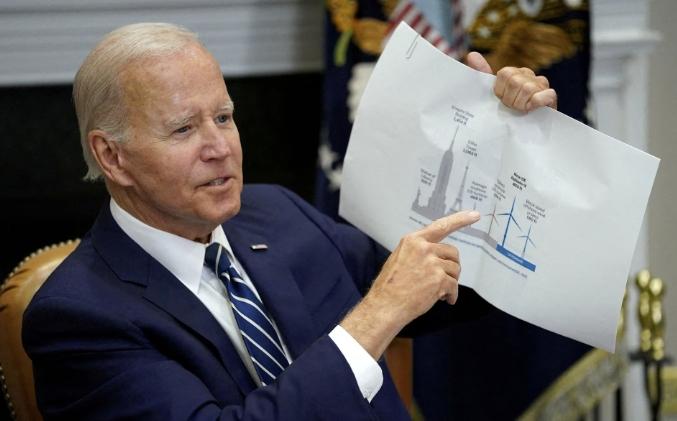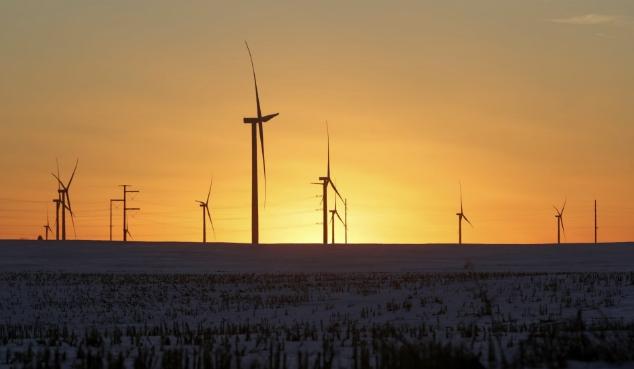Majors in the energy sector like BP and Norway’s Equinor have recently recorded hundreds of millions in losses on their US offshore wind ventures, signaling trouble within the renewable energy landscape. Danish firm Orsted, a leading developer of offshore wind farms with a significant US presence, warned in August of potential US losses up to $2.3 billion due to supply setbacks, rising interest rates, and a shortfall in new tax incentives.
These companies, among others, are encountering difficulties while striving to establish new offshore wind operations in the US, prompting questions about the fate of a series of projects President Joe Biden envisions will combat climate change. Biden’s administration aims for the US to install 30,000 megawatts (MW) of offshore wind capacity by 2030, up from just 41 MW currently.
This ambition is integral to his strategy to reduce carbon emissions in the power sector and boost local manufacturing, supported by generous subsidies to aid companies in this endeavor. Despite supportive regulations and subsidies, developers face several new challenges:
1. INFLATION
US offshore wind development lagged behind Europe’s due to prolonged subsidy arrangements and regulatory framework establishment by state and federal entities, delaying leases and permissions. As government policies recently started favoring the industry, numerous new project plans, especially along the East Coast, were revealed. Two modest ventures were completed – Orsted’s Block Island wind farm in Rhode Island and Dominion Energy’s Coastal Virginia Offshore Wind pilot turbines in Virginia. Then complications arose.
The COVID-19 pandemic disrupted supply chains and inflated costs for materials and labor, making new projects considerably more costly than projected. Eli Rubin of EBW Analytics Group believes that the industry placed early, competitive bids on projects anticipating cost declines similar to those seen in other renewable sectors. Instead, unexpected cost increases have led to financial and developmental turmoil, likely leading to renegotiated contracts and higher consumer prices as states pursue decarbonization.

2. INTEREST RATES
The Federal Reserve’s interest rate hikes to curb inflation also caused financing costs to surge. Most offshore wind project contracts lack clauses to account for such inflation in interest rates or costs. Some developers have chosen to pay penalties to exit contracts rather than face sustained losses or meager profits.
In Massachusetts, SouthCoast Wind and Commonwealth Wind agreed to terminate deals amounting to about 2,400 MW, which could power more than a million homes. In New York, bids by Equinor and BP to increase their planned projects’ power prices were denied. Orsted informed regulators it couldn’t proceed with its 924-MW Sunrise Wind project without revising the power purchase agreement to include inflation adjustments.
3. INSUFFICIENT SUBSIDIES
The Biden administration, through the Inflation Reduction Act (IRA), has pushed for robust clean energy expansion, offering substantial incentives to climate-positive projects. Post-IRA enactment, there have been multi-billion-dollar announcements for new US solar and electric vehicle (EV) battery manufacturing. Yet, the offshore wind sector remains partially dissatisfied.
Developers argue that the additional bonuses for using domestic materials and for projects in disadvantaged areas are overly difficult to obtain, despite being crucial for project feasibility in a high-cost environment. These credits, worth an extra 10% each, could potentially bring a project’s total subsidy to 50% when added to the IRA’s base 30% renewable energy project credit.
Companies like Equinor, France’s Engie, Portugal’s EDP Renewables, and other industry associations have been urging officials to revise these credit criteria, citing potential losses in jobs and investments if changes aren’t made.



